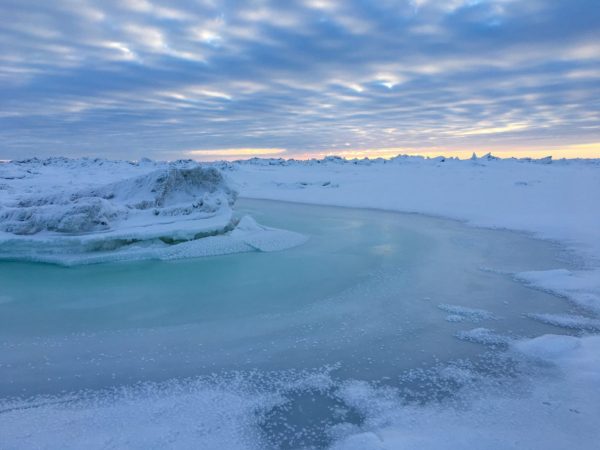
The United Nations on Wednesday released a major new report on how climate change is affecting the world’s oceans and frozen areas, like glaciers, ice sheets and permafrost. It contains stark warnings on how rising emissions will affect the environments that blanket most of the earth’s surface — and much of Alaska.
University of Alaska Fairbanks professor emeritus Gary Kofinas was one of more than 100 experts from around the world who authored the report, helping lead the chapter focused on polar regions. Kofinas acknowledged that for Alaskans, a lot of what’s in it won’t be a surprise.
“Much of what’s happening in polar regions, particularly the Arctic, will be something that people experience firsthand in Alaska,” Kofinas said. “For example, thawing permafrost, changes in seasonality that affect the harvesting for subsistence users and harvesters in general, changes in fisheries, those sorts of things.”
“But what might be new to Alaskans is the scale of change,” he said.
Here are just a few of the report’s takeaways for Alaska:
1: “Ice sheets and glaciers worldwide have lost mass.”
Related: How tourists could see the Mendenhall Glacier after it retreats
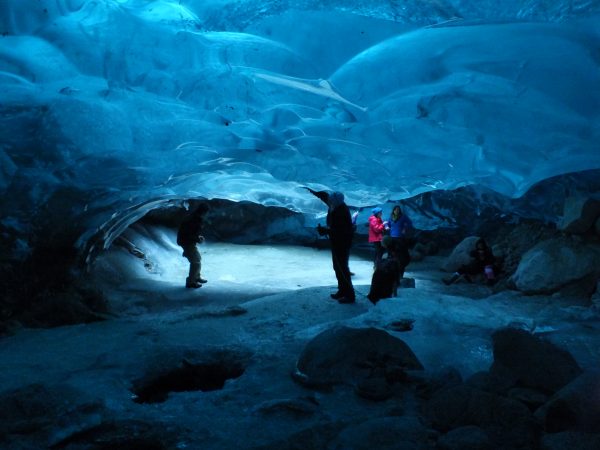
2. “Permafrost temperatures have increased to record high levels.”
Related: Oil industry copes with climate impacts as permafrost thaws
3. “Between 1979 and 2018, Arctic sea ice extent has very likely decreased for all months of the year.”
Related: As sea ice changes in a warming Arctic, new challenges for polar bear research
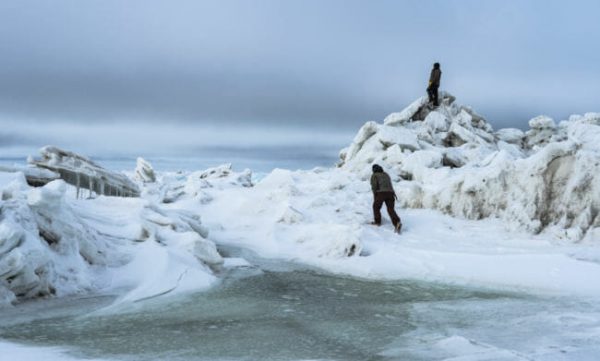
4. “Arctic residents, especially Indigenous peoples, have adjusted the timing of activities to respond to changes in seasonality and safety of land, ice, and snow travel conditions.”
Related: Alaska’s ice roads are melting early this year, with devastating consequences
5. “Warming-induced changes in the spatial distribution and abundance of some fish and shellfish stocks have had positive and negative impacts on catches, economic benefits, livelihoods and local culture.”
Related: As the Bering Sea warms, this skipper is chasing pollock to new places
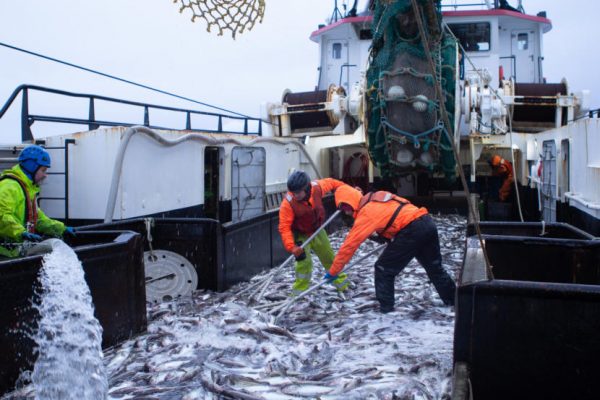
6. “Summertime Arctic ship-based transportation (including tourism) increased over the past two decades concurrent with sea ice reductions.”
Related: Below-average sea-ice levels expand Arctic shipping options
7. “Coastal protection through hard measures, such as dikes, seawalls, and surge barriers, is widespread in many coastal cities and deltas.”
Related: In Utqiaġvik, a growing erosion problem may soon outpace local efforts to slow it
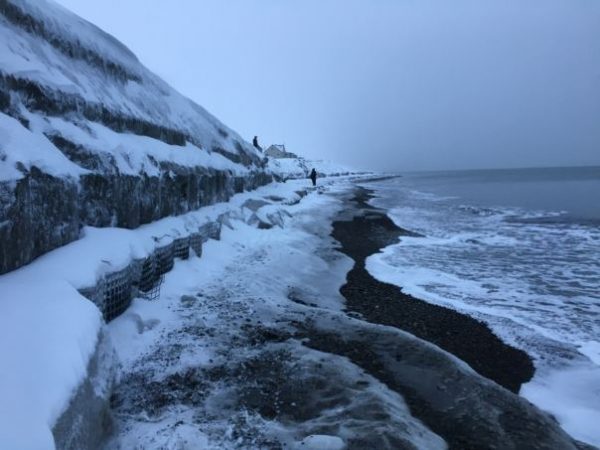
8. Scientists have high confidence that things are going to keep changing — the ocean will continue to warm and marine heatwaves will increase in frequency and intensity, glaciers will continue to lose mass, snow cover is expected to continue to decline and sea ice extent in the Arctic is expected to keep shrinking.
But Kofinas said one of the report’s key messages is that while some climate impacts are already unavoidable, people can still make choices that affect how severe those impacts will be.
“Hardships will be experienced. Adaptation will be needed. But the question is, to what extent, and will we be able to keep pace with those changes,” he said.
Elizabeth Harball is a reporter with Alaska's Energy Desk, covering Alaska’s oil and gas industry and environmental policy. She is a contributor to the Energy Desk’s Midnight Oil podcast series. Before moving to Alaska in 2016, Harball worked at E&E News in Washington, D.C., where she covered federal and state climate change policy. Originally from Kalispell, Montana, Harball is a graduate of Columbia University Graduate School of Journalism.




